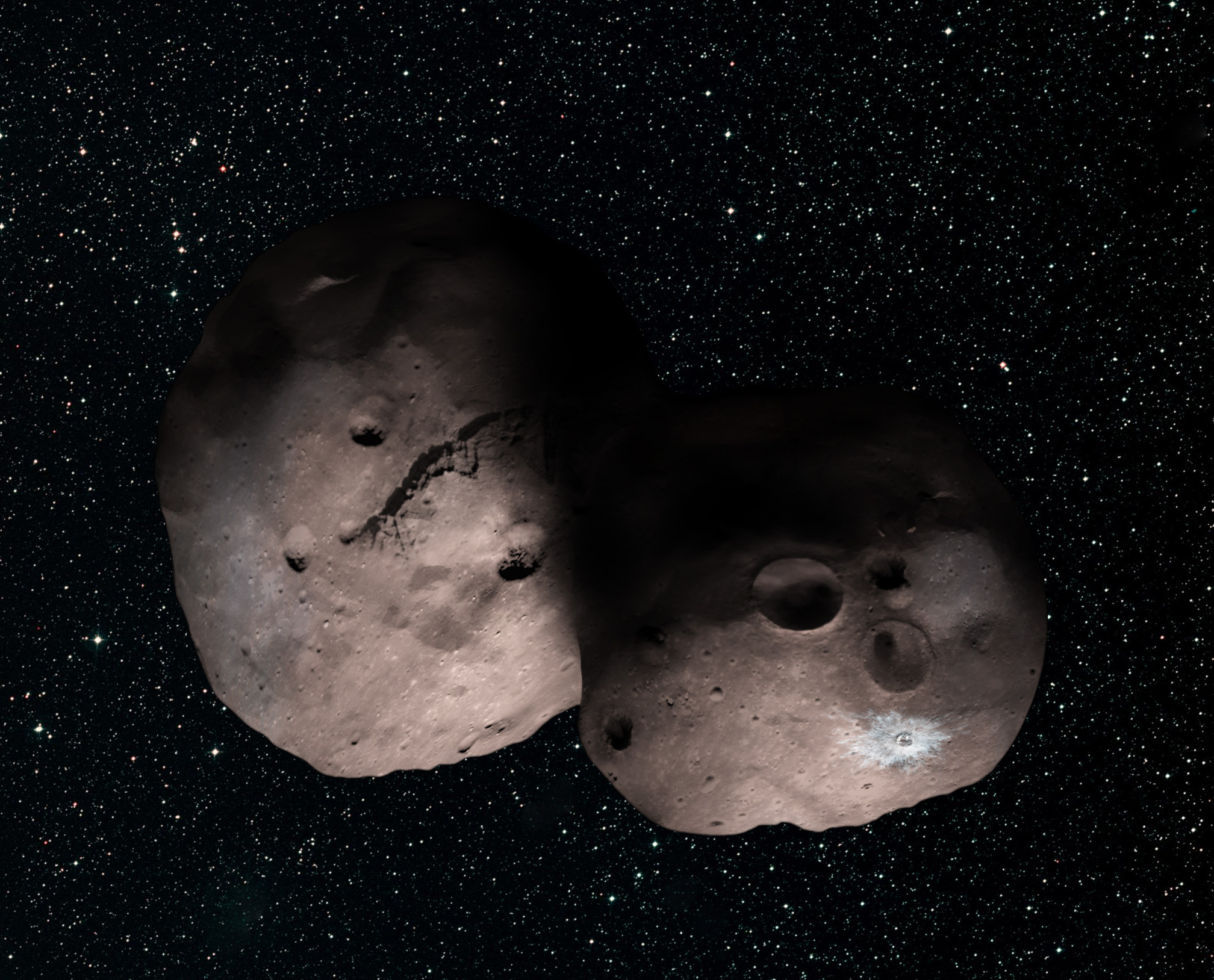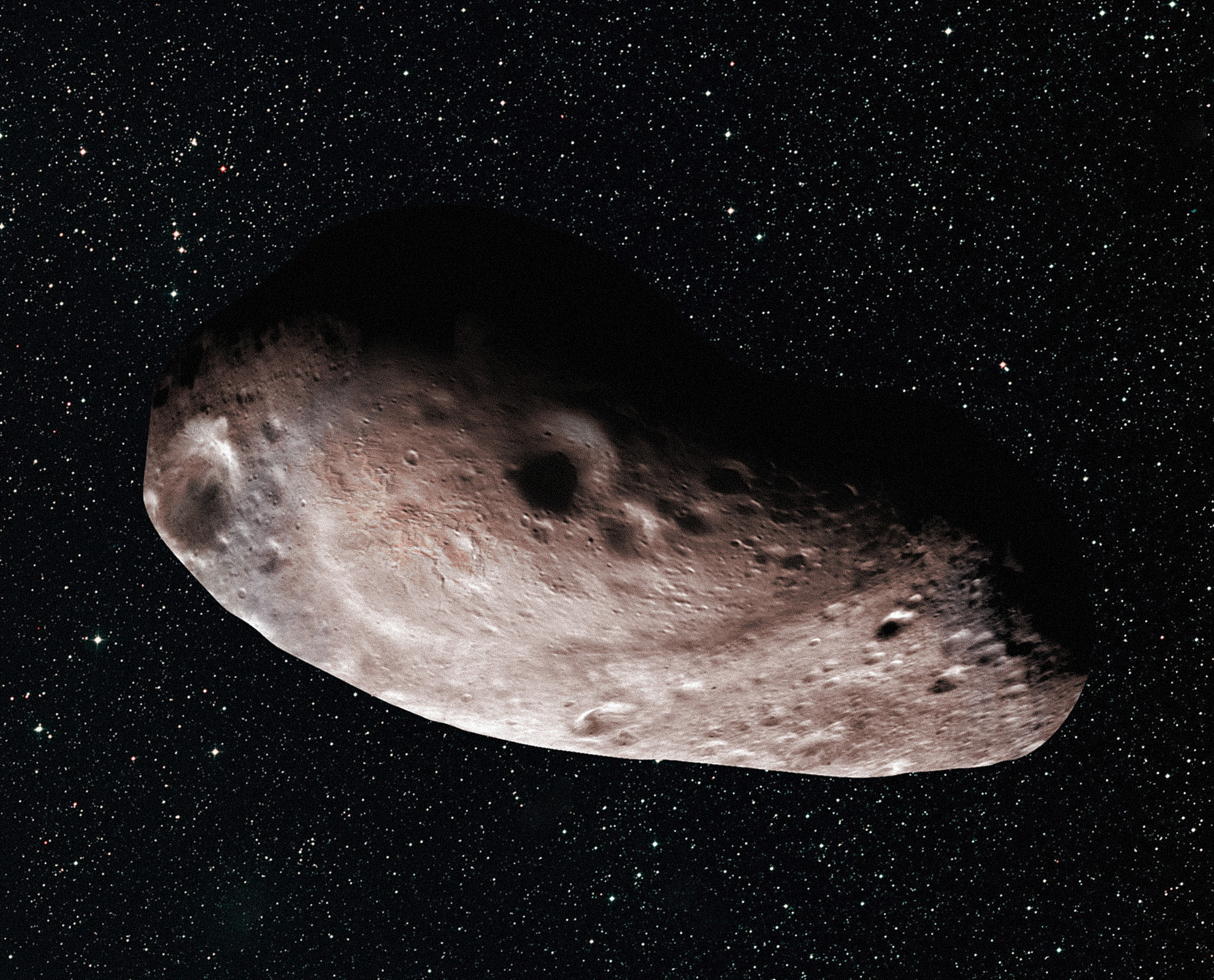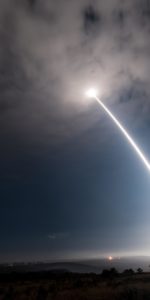
NASA’s New Horizons spacecraft is well over halfway between Pluto and its next historic intercept target, Kuiper Belt Object (KBO) 2014 MU69, aiming for a New Years Day flyby at 2:00 a.m. EDT on January 1, 2019. The $728 million, piano-sized 1,000 pound spacecraft will put its seven high-tech science instruments into overdrive when it flies by the tiny world, only about 20 miles across, and will do so at a much closer distance than it did Pluto – only about 1,900 miles (3,000 kilometers) from the surface.
But because it is so small and faint, much is still unknown about it, such as whether or not there are any unseen satellites, rings or other debris that could pose a danger to the spacecraft. So to make more detailed observations of the ancient object, frozen in time from the dawn of our solar system’s creation, the New Horizons team recently pulled off something incredible.

They used data from both Hubble and the European Space Agency’ Gaia satellite to calculate where MU69 would cast a shadow on Earth’s surface as it passed in front of a star, and intercepted it over the Pacific Ocean onboard NASA’s Stratospheric Observatory for Infrared Astronomy (SOFIA) so its flying telescope could observe the occultation to see how the light from the star changed in the process.
At the same time SOFIA was attempting to image MU69 over the Pacific, on land in Chile, the Gemini Observatory South was also attempting to do the same. A handful of telescopes were deployed in a remote part of Patagonia, Argentina as well, and their findings have returned some interesting results.
VIDEO: New Horizons 2014 MU69 Occultation Campaign (Patagonia Argentina)
“Team members say MU69 may not be not a lone spherical object, but suspect it could be an “extreme prolate spheroid” – think of a skinny football – or even a binary pair,” says NASA. “The odd shape has scientists thinking two bodies may be orbiting very close together or even touching – what’s known as a close or contact binary – or perhaps they’re observing a single body with a large chunk taken out of it.”
“This new finding is simply spectacular,” said Alan Stern, mission principal investigator from the Southwest Research Institute (SwRI) in Boulder, Colorado. “The shape of MU69 is truly provocative, and could mean another first for New Horizons going to a binary object in the Kuiper Belt. I could not be happier with the occultation results, which promise a scientific bonanza for the flyby.”
Said Marc Buie, the New Horizons co-investigator who led the observation campaign, “These exciting and puzzling results have already been key for our mission planning, but also add to the mysteries surrounding this target leading into the New Horizons encounter with MU69.”
As of today, Aug 3, 2017, New Horizons is 38.18 AU from Earth (39.09 AU from Sun), and 4.30 AU from 2014 MU69. Round-trip light time between Earth and the spacecraft is currently 10:35:09, and is traveling about 32,000 mph (14.25 km/s).
T-17 months to intercept…
.
.
Be sure to “LIKE” AmericaSpace on Facebook and follow us on Instagram & Twitter!
.
Missions » New Horizons »





What effect did Gravity Waves have on the flight?
Changes from gravity waves are not big enough to be detected, plus there’s a lot of other noise in trajectory data.